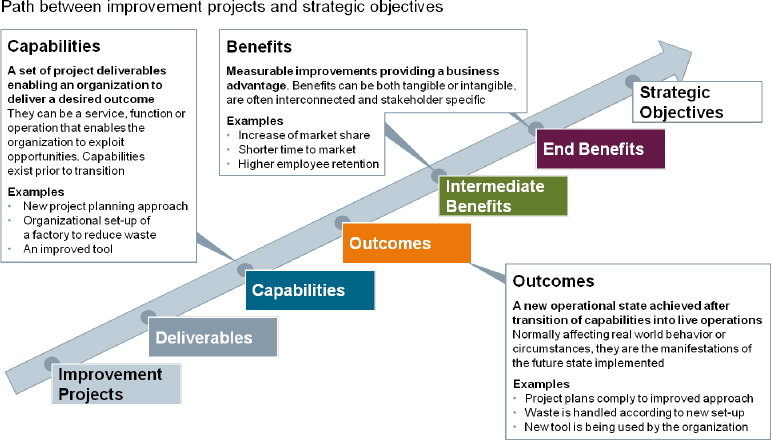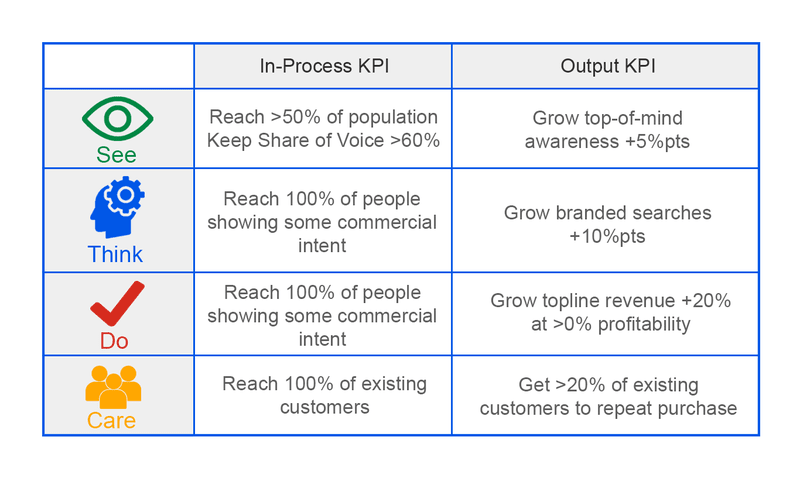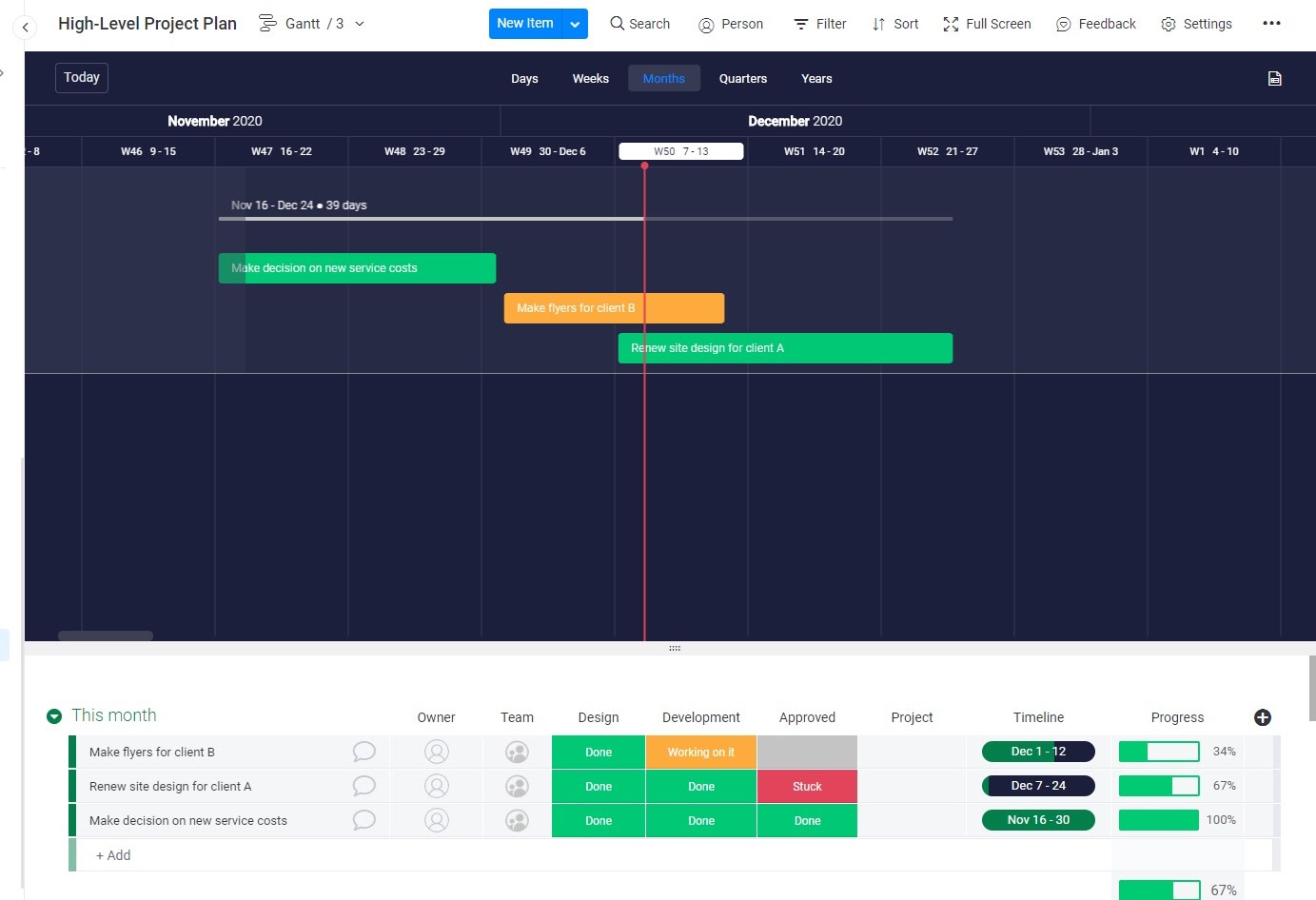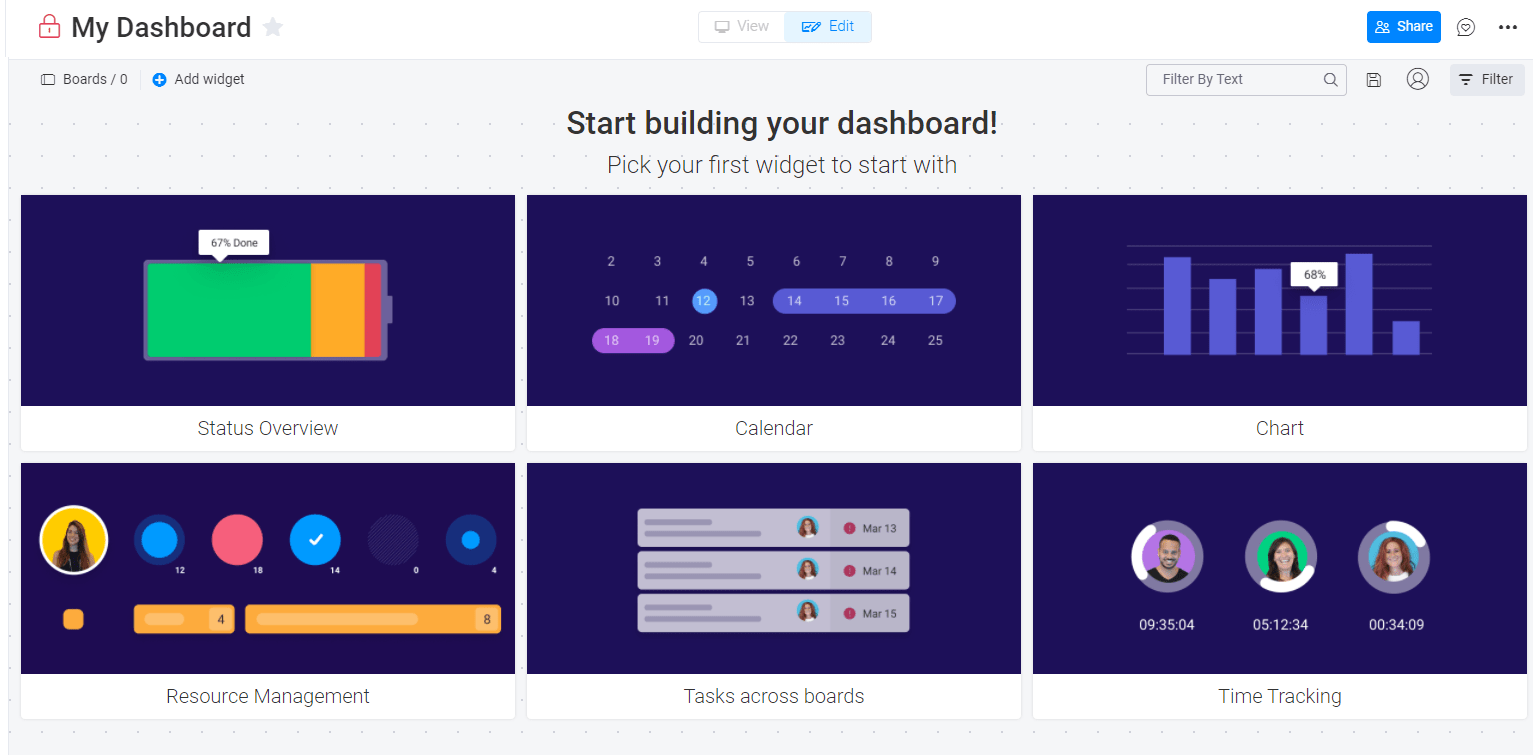Managing a new project is like baking. If you want to control the results, you need to follow a recipe. Even if you’re tackling something completely new, re-using steps and processes from a related product can help you avoid certain setbacks and headaches.
Developing and optimizing an implementation plan can help you keep teams on track, avoid duplicate work, and minimize time-consuming decision-making. It’s one of the best ways to bring big strategic goals to life without overusing resources.
In this article, we’ll cover what an implementation plan is, why it matters, and the optimal way to create your own.
What is an implementation plan in project management?
An implementation plan is essentially a detailed, step-by-step recipe for completing a project, process, or business objective.
It outlines specific steps and who’s responsible for them. It goes beyond deliverables like in a work breakdown structure (WBS) and dives deeper than strategic objectives, scope, and milestones like in a product roadmap. An implementation plan gets down to brass tacks and lays out the process, so even the newest of new hires fully understands it.
For example, if your high-level goal is to improve your marketing campaign, you can break it down into tangible steps such as: creating flyers, updating your website landing pages, and more.
Then you can assign each activity an owner and add important information about its status, timeline, priority, progress, and more.

Companies often develop an implementation plan to reach specific objectives from a strategic planning meeting. In the example above, the strategic objective of the month’s project is to improve marketing campaign performance. The team broke that goal down into separate deliverables:
- New flyers
- Site redesign
- New banner ads
- A/B tests
Because the board builds the workflow onto the table, there’s no need to further separate the tasks into design, development, and final approval stages. All team members can see important information at a glance.
Even if you use another view, like a Kanban board, you could easily add columns to represent your workflow, rather than creating extra cards and confusion.
The key to successful planning is to cover the entire workflow, while keeping the plan easy to follow and manage.With other planning strategies out there though, do you really need to learn another method? We’ll break down why it may be worthwhile.

Why do you need a solid implementation plan?
In 2020, research found that 31% of projects failed—at least partially—due to poor upfront planning. A solid plan reduces the chances of failure with a better, smoother process for everyone involved. Let’s take a closer look at 4 benefits of implementation planning:
Benefit #1: It facilitates smooth collaboration between teams and leaders
Structure makes it easier for teams to work together. A shared implementation plan and schedule gives every team member and leader insight into who’s doing what at any given time. So if someone has something to contribute at any stage, they can easily step up. A shared plan also boosts communication when everyone can see the full picture and ask questions or receive help along the way.
Benefit#2. Everyone stays on track
With a solid plan, there’s never any doubt about the next steps to take. That helps keep everyone on track throughout the project. Your team doesn’t miss a step wondering what comes next after they finish a task. With a project management implementation plan, everything is laid out clearly from start to finish.
Benefit #3. Implementation plans ensure teams see core benefits
The implementation plan can act as the compass guiding your team towards true north, in this case, the end benefits and strategic objectives. When your marketing team renews a campaign, the objective isn’t to make something new. The goal is to improve the ROI or reach a new demographic.

When done right, the plan goes beyond outcomes to make sure that your company benefits from the project.
Benefit #4. Follow the shortest path to the desired outcome.
There are a lot of ways to get from point A to D. The plan should help your team avoid scope creep and stick to the shortest path to success. Like a GPS, a plan helps you avoid windy country roads that considerably slow you down. As a company, enjoying the view is rarely a priority.
Before we start diving in to creating one—those were some pretty nice benefits, after all—let’s take stock of what’s needed on our end to make it happen.
What does a project implementation plan consist of?
A thorough plan includes objectives, activities, a schedule, teams and responsibilities, milestones, KPIs, and even some contingency plans. Together, these elements are the building blocks of a solid foundation for project execution.
Of course, the must-haves depend on the scope of the project. Replacing the company printer probably only needs a 3-step action plan. Let’s break down what’s typically included in a project implementation plan:
- Goals or objectives
Your project should have a specific goal or objective. Aimless projects are a great way to empty company coffers for no reason. On the other hand, you don’t need to brainstorm a new goal from scratch every time. You can choose objectives from strategy planning sessions or meetings with customers or stakeholders.
- Core deliverables and activities to make objectives a reality
What do you need to deliver on the project goals? Break down these core deliverables into a step-by-step work plan. These action steps are what most employees think of when they hear the word plan.
- Implementation schedule
It’s not enough to just plan out the specific actions to take. When you do what matters. A schedule is essential for implementing a project effectively. If you’re working on a building site, carpenters won’t have much to do if they arrive before the foundation is finished.
- Teams, roles, and responsibilities
Who will work on the project and what deliverables will they own? A clear division of labor is a necessity, at least at the team level, to avoid duplication and confusion.
- KPIs and milestones
If your objective is to deliver a physical product, you can set logical milestones, like finished design, prototype, user testing, etc. If you’re working to improve a process or marketing campaign, single out key performance indicators (KPIs). Below, you can see an example of KPIs for improving a Google Ads campaign. They include both platform-specific KPIs and actual output KPIs.

- Contingency planning
What will your team do if something goes wrong? If there are any likely or high-impact risks, you need to address these in a contingency plan.
If it seems like there’s a lot that goes into an implementation plan, you’re not wrong. Luckily, we have a way to break it down into smaller bites.
How to create an implementation plan in 5 simple steps
Here’s how to create an implementation plan that will make a difference.
#1. Start with the objectives
Start with the objectives and figure out what your company or team needs to deliver to get there.
The initial high-level project outline doesn’t need to be detailed. If you’re improving an existing product, start including external stakeholders like customers and retailers at this stage of the process to identify what outcomes they’d like to see.
#2. Figure out the necessary people, roles, teams, and resources
Once you’ve got your deliverables down, you need to figure out how you can make that happen.
- Do you need to bring in some talent from other departments?
- How much budget do you need?
- Do you need to use company vehicles or other equipment?
- Who should own what deliverables?
It’s better to make these decisions early on in the project and let domain experts assist with planning and scheduling specific activities.
#3. Map out core activities and start scheduling
Once you’ve got a few senior engineers, developers, or other experts on board, it’s time to start planning in detail. They can help you avoid costly changes as you move out of the design stage of the project.

Break deliverables down into smaller, actionable steps in this stage and schedule each activity in a way that makes sense. The action plan should be as accurate as possible, but not 100% set in stone. You may have to change it to adapt to the market.
#4. Set clear milestones and expectations
You can’t judge how a project is doing if you don’t have any milestones or KPIs in place. They are the measuring stick you use to evaluate your project team’s performance.Everyone, from your team to your clients, should be crystal clear about what will be considered a successful project.
#5. Add buffers and contingencies
For larger projects, thorough requirement and risk analysis is a must. Those learnings should shape your resource allocation and scheduling. It’s a good idea to add safety buffers into the schedule to ensure smooth execution. You also need to budget in contingencies for common risks, such as if a team member takes time off.
Bonus step: choose a platform that makes implementation planning easier and more effective
Trying to do project management without the right features is possible, but it’s also an unnecessarily slow and painful process. On the monday.com Work OS, you get access to every feature a project manager could ever want, including:
- Gantt chart or other timeline visualization – want to visualize the timeline of your project? Set up a Gantt chart with a few clicks. You can even edit the schedule in the drag-and-drop timeline view. That makes it easy to check and touch up a project schedule.

- Task assignment with responsibilities and notifications – easily assign work items and entire workflows to teams or individuals. They’ll automatically get reminders for changes, milestones, and deadlines.
- Real-time communication – communicate directly on assigned work item cards with mentions, file attachments, and threaded discussions. That way, there’s no risk of essential information getting lost in a wave of new messages.

- Detailed reporting and dashboards – Stay on top of the project execution and meet your milestones with custom dashboards and reports. Use widgets for status overview, resource management, time tracking, calendar milestones, and more. No organization should leave its projects up to chance. Follow the data.

And that’s just naming a few. To bake the perfect recipe, you need all the ingredients and all of the steps. monday.com can help.
Carry out successful projects with a solid plan
It’s difficult to turn any project from an idea into reality without a solid plan. The risk of creating duplicate work, decreasing team focus, and losing track during changing markets and objectives are exceedingly high. An implementation plan outlines the tangible steps and schedule that helps you manage a project successfully without feeling overwhelmed.
